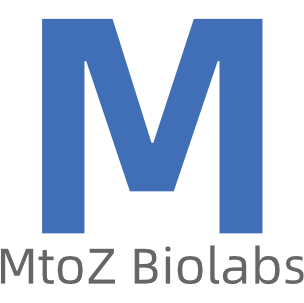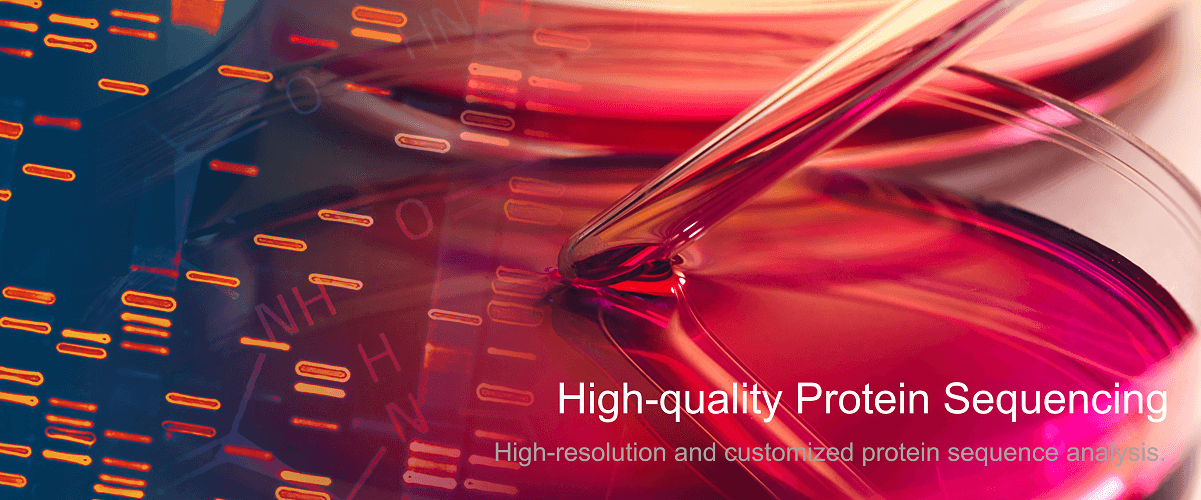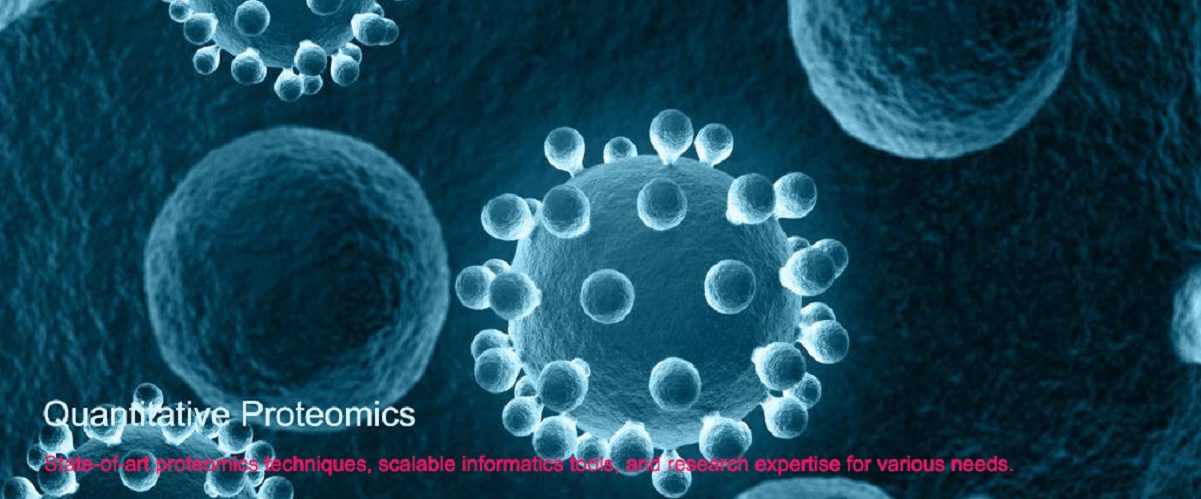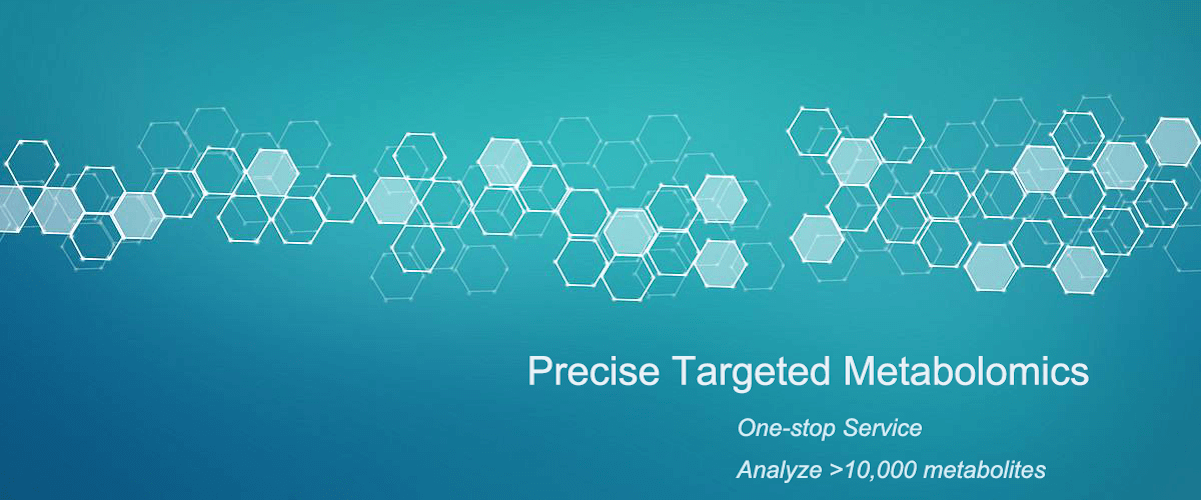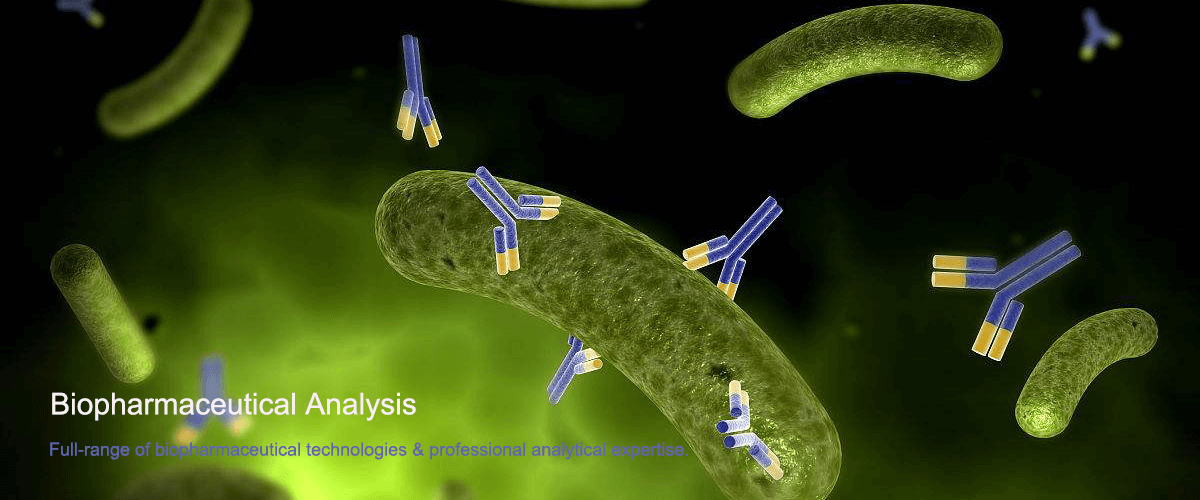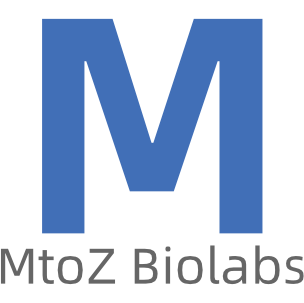How to Extract Intracellular Lipids in Lipidomics Research?
The process of extracting intracellular lipids typically involves the following steps:
Cell Collection
The cultured cells are collected by washing and centrifugation.
Cell Lysis
A lysis buffer (e.g., a salt solution containing a detergent) is used to disrupt the cell membrane and release the cellular contents, ensuring the release of lipids.
Lipid Extraction
The most commonly used methods are the Bligh and Dyer method and the Folch method. Both methods involve the use of organic solvents (such as chloroform, methanol, and water).
1. Folch Method
Chloroform and methanol are added to the lysed sample in a 2:1 volume ratio. The mixture is thoroughly shaken to ensure effective lipid extraction.
2. Bligh and Dyer Method
Methanol, chloroform, and water are added to the sample in a 2:2:1.8 volume ratio. The mixture is thoroughly shaken.
Centrifugal Separation
After appropriate mixing and shaking, the sample is centrifuged to separate into two layers. The upper layer is the aqueous phase (containing non-lipid components), and the lower layer is the chloroform phase (containing lipids).
Lipid Collection
The lower layer, which contains the extracted lipids, is carefully collected.
Solvent Evaporation
The solvent is removed by nitrogen blow-drying or using a vacuum evaporator, resulting in a pure lipid sample.
MtoZ Biolabs, an integrated chromatography and mass spectrometry (MS) services provider.
Related Services
How to order?

